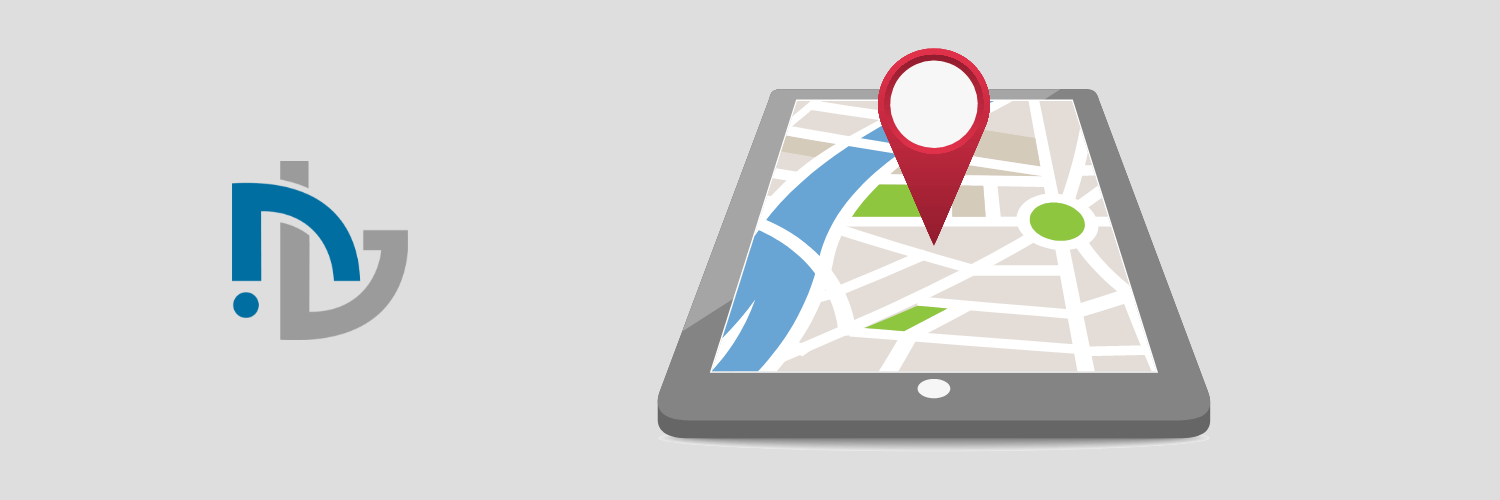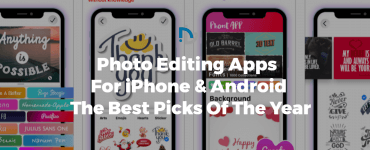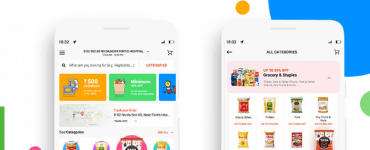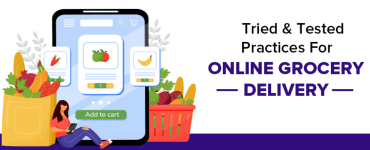I want it now! Now means NOW. Isn’t it?
It’s a minimum expectation of every customer, that’s using digital services. ☺
The instant gratification need of the customers has emerged from the efficiency-driven lifestyle and frictionless experience preferences, that’s expected to grow astronomically. Technology, especially apps adoption is driving this trend.
The geo-location is one of the technology trends, which is continuously entrenching in the mobile space and making them more responsive. The budding entrepreneurs are perfectly taking advantage of geo-location service to create the best moments for the customers and unlock new business opportunities.
Various android and iPhone apps from different industry verticals such as Pokemon go in the gaming space, Uber in taxi landscape, TripAdvisor in the travel industry, Airbnb in the hospitality industry, and others are leveraging geo-location technology to build a huge ROI from the location-based services market, that will worth $40 billion by 2024.
It sounds interesting! Want to enhance the app embracing the geolocation services? Let’s dig deeper to know what exactly the location-based services are, the types of location-based services, how to use them, and the industries that are using them to reach new heights.

The overview of location-based services:
The geolocation service is the one that you have certainly experienced on the mobile in the form of a longitudinal and latitudinal location with an active internet connection. The traditional Google or Apple maps that you have used are the basic examples of geo-location.
Read more : Top Mobile App Development Trends in 2020
The businesses are stepping up the marketing game and transforming the customer interactions with geo-location technology integration in a unique way. By using the geographical information of the digital devices, be it a smartphone, fitness tracker, or smartwatch that has GPS chip, or connected to a cellular network, Wi-Fi, or beacons, there are a lot of things that can be tracked.
Take a look at the various geo-location technology integration options:
- Finding the location and sharing with others. Remember, the exact location detection and sharing feature on WhatsApp.
- Identify the current location and measure the distance between landmarks. Just like-Google maps can detect your location and display the boutique in the proximity.
- Showcasing the shortest route from one point to another. Lyft app is one of the best instances that show the alternate path to reach the place in less time and distance.
How Geo-location Services can be implemented?
There are various spheres where the geo-location services can be used and configured matching the app functionality needs. Here’s where it can be leveraged:
Location trackers
It includes all the GPS apps that provide information about the location on the map and makes navigation plain-sailing. Waze, Google Maps, and Maps Me like apps include compasses, show nearby places, traveling distance between two objects, transportation schedule, and others.
Social interaction component
The geolocation services complement the basic socializing functionality of social apps like Facebook places, Periscope, Snapchat, or Instagram. It has proven to be an effective method to boost social conversation.
On-demand delivery apps
As discussed above, people want services like- just think-of-it and they-have-it in a matter of minutes. The geo-location plays a key role in the development of on-demand delivery apps such as Uber, Zomato, and FourSquare.
Fitness trackers
With increasing awareness about health and wellness, the people are increasingly using the fitness apps where the geo-location element helps them to easily track the distance traveled, and sleep time, and then set the goals accordingly. Nike Running Club, Runstatic, and MyFitnessPal with GPS route tracking feature have outshined in the market.
Weather app
Gone are the days, when people look to the newspapers to read the weather prediction news. With mobile, people can track the weather conditions of every single second. Mostly, the weather widget comes with a smartphone that shows the weather forecast, but weather apps displaying weather conditions using AR/VR technology are also gaining traction.
Dating app
The dating apps such as Meetvit, Tinder, and OkCupid have revolutionized the dating functionalities with the introduction of geolocation technology. They enable matching based on the location and allow the users to date based on geographical preferences.
Photo location finder app
The recent Google photos, and Explorest apps have made the lives of people easier with the organization of all the photos, and effortless search based on location, people, date, or things in the photos.

Travel app
The apps like Airbnb, MakeMyTrip, and Expedia make the travel effortless and painless by detecting the user’s location and making recommendations for the nearby places with relevant content. The search option, automated recommendations, payment integration, easy comparison, and 24/7 assistance makes the journey a piece of cake.
M-commerce app
The retail and eCommerce application like- IKEA allows the user to find the nearest IKEA store and the installed beacons in the IKEA store enable easy navigation. The complete hassle-free journey to reach the store and browse the things inside the store!
Now, after exploring the use cases and the benefits of geolocation technology, it seems you got pretty serious about geo-location apps. Want to know more?
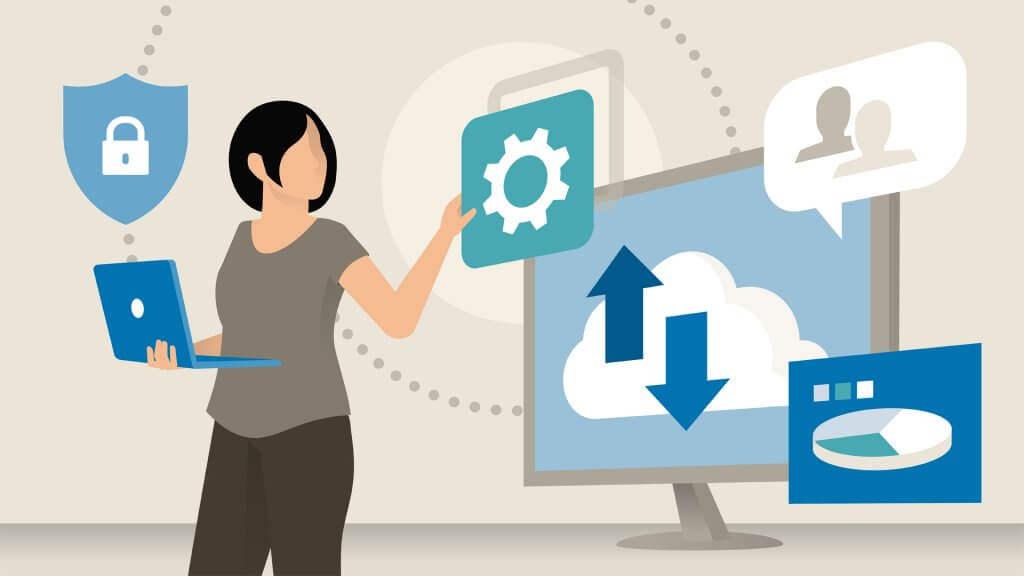
Let’s move on to the technical part- the types of Location-Based Technologies:
There are two types of geolocation technologies namely- Outdoor Geolocation Technology and Indoor Geolocation Technology. Going ahead, we will understand the difference between the two with little more details.
- Outdoor Geolocation Technology
Outdoor geo-location is like the outdoor navigation that’s generally done using Google maps using GPS signals and satellite imagery information.
- GPS or cellular networks
The GPS in-built in smartphones makes it easier to locate the device precisely. GPS captures the location and timing from the satellite, and then calculate the exact location, determine routes, or location-specific information. But, it’s ill-famous for battery drainage.
- Cell ID
This technology determines the device’s location using cell towers wherein the tower closest to the device is leveraged. It’s less popular because of the weak coverage of cell towers outside the urban areas. It’s less efficient as compared to GPS services.
- Wi-Fi positioning
Combining the efficiency of GPS and Cell ID positioning, the Wi-Fi positioning works great in collecting the data and locating the device accurately. It can locate the devices down to 25 to 50-meter range, but nearby Wi-Fi access points are a must to locate the device quickly.
- Indoor Geolocation Technologies
Indoor geo-location enables finding geo-location of the device, object, or place inside the building or in the defined vicinity. Say you can assist the customers coming to the store about new arrivals, discounts/offers, or the guided navigation to the store. Several technologies are used to enable indoor positioning in the apps, which are:
- Geo-fencing
The technology works wonder in delivering personalized experience to the users through relevant ads and offers. Amazon Go is a great example of it, which has implemented geofencing in the retail store. The customers are triggered with the right message by estimating the user’s closeness with a specific point.
The three types of triggers are used- the static trigger that’s sent to the user when they enter the store; the dynamic trigger which tracks the user’s current location and then sends the notifications accordingly; the peer-to-peer triggers which track user’s position relative to other users before sending the notification.
- iBeacon
The beacons that are built by Apple work using BLE signals. It sends messages to the devices that come in the proximity of the installed beacons’ range.
- Eddystone
The Eddystone is a by-product of Google that works the same way iBeacons send the signals to the nearby users. They are known for the high level of accuracy in indoor navigation.
Wrap up
Location-based technology is radically reorganizing the way businesses offer the services and providing lucrative opportunities to catch maximum eyeballs and uplift conversion in the guise of customer convenience and reliability. With the complete information about geo-location technology, the business can up the ante of marketing and skyrocket the benefits. Want to reach the right customer with the right message at the right time and place?
If so, get partnered with a development team that has a wealth of experience in building geo-location apps that seamlessly deal with geo-data. All the best!



